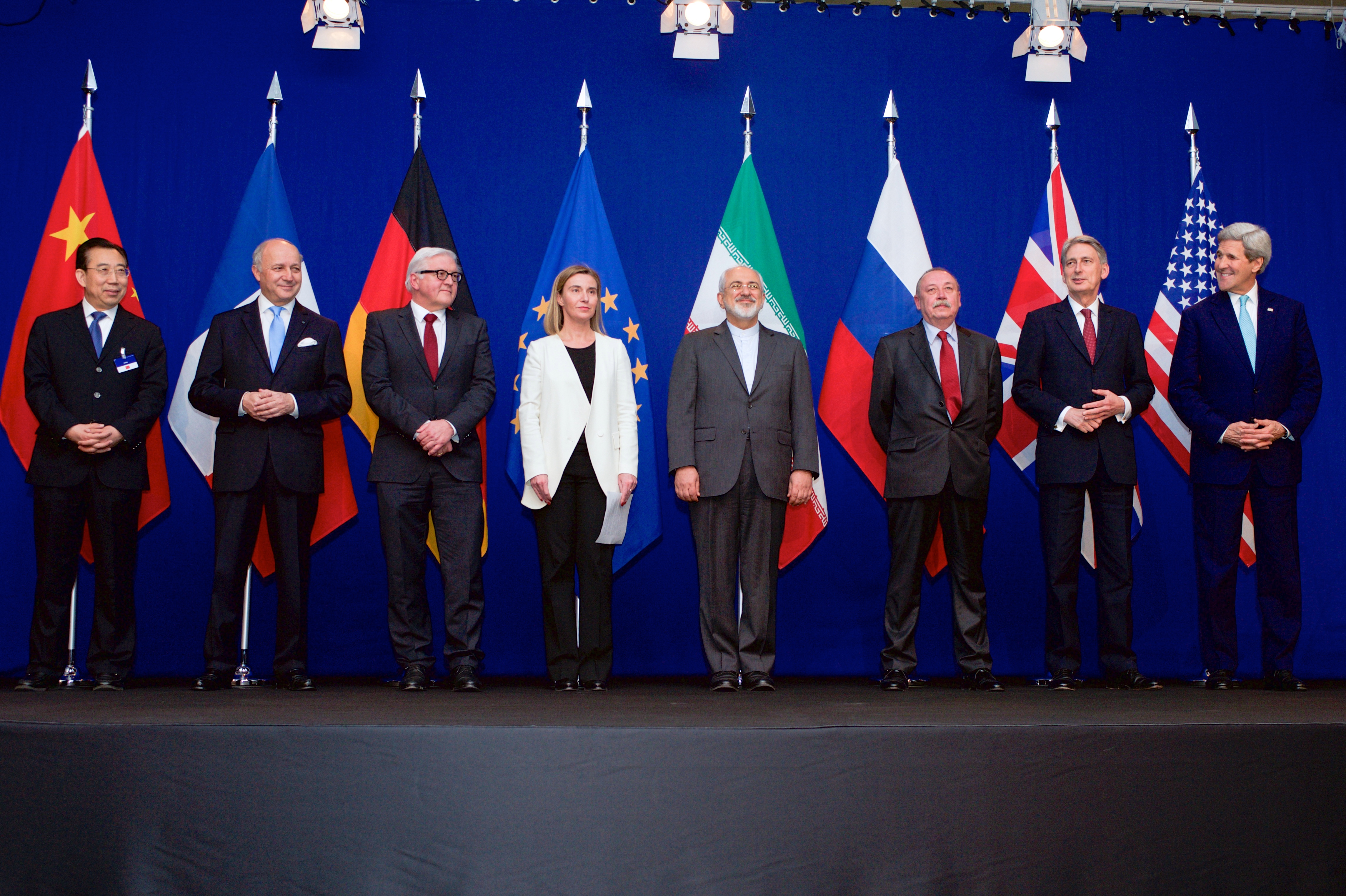Iranian car market to experience modest growth after sanctions removal
 Deal or no deal, Iran’s car and tyre markets still have some way to go before their revival is assured
Deal or no deal, Iran’s car and tyre markets still have some way to go before their revival is assured
Analysts at IHS Automotive light-vehicle predicting modest growth in the Iranian light vehicle market after the UN lifts sanctions against the country. This suggestion contradicts some suggestions from the Iranian automotive and tyre industries that the country could be on the brink of a production boom. According to HIS, despite the signing of nuclear deal between Iran and P5+1 nations in July 2015, demand has struggled as consumers await more sophisticated models leading IHS Automotive to expect a minor dip in sales and production.
Moving forward, IHS Automotive anticipates sales demand in the market to grow by 4.2 per cent year-on-year during 2016, while our production forecast is set at around 1.18 million units. This could rise to 1.2 million units for sales during 2017 and 1.26 million for production.
To put this in context, Iranian automotive production had been strangled at the height of the sanctions against the country during 2013 when a number of foreign OEMs left the country and two major local automakers, Iran Khodro (IKCO) and SAIPA, were bailed out by the government. This continued to have repercussions during 2015 with production rising and falling through the year. Sales in the first half of the year rose by 24 per cent year on year (y/y) thanks to the involvement of Chinese, Japanese and South Korean automakers that took advantage of the relative ambiguity of the application of the sanctions after discussions officially started in November 2013. They have increased their market share through some local production and imports, despite the heavy levies on the latter. However, despite a nuclear deal being signed between Iran and the P5+1 nations (China, France, Russia, UK, US and Germany) in July 2015 and various milestones being passed during the second half of the year, the situation was different to the boost in sales that local automakers like IKCO and SAIPA had been expecting. There has essentially been a consumer boycott in anticipation of vehicles of a more modern design that are safer, higher quality, more comfortable and have greater fuel efficiency reaching the market. As a knock-on effect, production in the country fell from around 90,000 units per month to just 45,000 units per month. Nevertheless, the Iranian government stepped in with a package of measures in November 2015 for 21 models with which to stimulate demand through the loan of IRR250 million for each vehicle with a subsidised interest rate of between 16 per cent and 18 per cent and maximum payment period of 84 months. This translated into orders for 110,000 new vehicles in just six days and helped to partially clear stocks of unsold vehicles. However, demand dipped during 2015, with the recent IHS Automotive estimates for sales contracting 0.4 per cent year-on-year to 1.085 million units, while vehicle production is estimated to have slipped to 1.02 million units from 1.07 million in 2014.
Several OEMs signed memoranda of understanding (MoUs) between late 2014 and late 2015 but are taking a “wait and see” attitude towards future investments. Although the political situation has eased, there is still uncertainty as some sanctions are being applied by the US government for a missile test that was conducted in September 2015. In addition, Iran is holding an election this year. The MoUs will then need to be transformed into concrete agreements or joint ventures (JV). The government has also put some barriers on the production of Chinese vehicles to prevent them surging into the country. However, many more Chinese OEMs are expected to arrive in Iran.
IHS Automotive also anticipates that the government will seek local automakers to work with OEMs of several different nationalities to split their dependency. This could include Japanese, South Korean, French, German, and Chinese automakers.
Growth factors
Iran’s population is expected to grow by 4 million between 2015 and 2020 to reach 83.0 million people; up to 70 per cent of the population is between 15 and 64 years old, with appetite for a modern way of living with new technology. The age of the car parc – estimated at 18–20 years old – will boost the demand for new vehicles fitted with new technologies and more environmentally friendly engines. The increasing price of gasoline (petrol) will also be a motivation. Economic forecasts are quite positive as we expect the industrial production growth rate to rise by 2.4 per cent in 2019 and 2020, while the unemployment rate will fall to 10.5 per cent as the real GDP per capita to come close US$6,841 in 2020 versus US$5,788 in 2015.
What’s important for those of us watching developments from a tyre market perspective is that, while there are many signs of growth on the horizon in the Iranian vehicle and therefore tyre markets, these are a) supported by the government, meaning they are also vulnerable to a change in the political situation and b) the car makers are likely to limit exposure by entering joint ventures with Japanese, South Korean, French, German, and Chinese automakers. Whichever vehicle brands end up being represented, tyre brands already connected to these OEMs and already in the area could supply whether there are any new Iranian tyre factories or not.


Comments